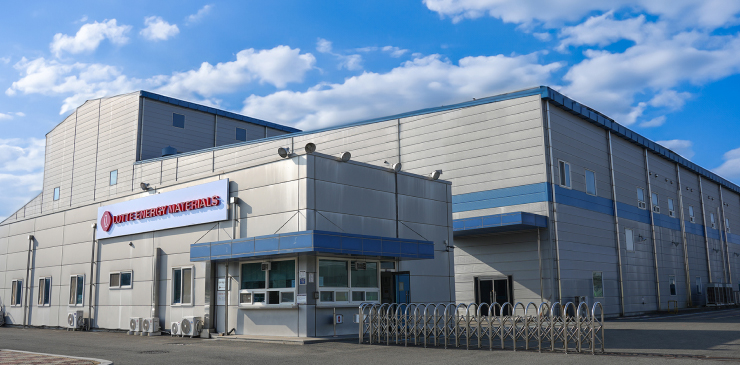Next-gen material
LFP cathode active material
LFP cathode active material is gaining attention in the battery market. With the recent increase in electric vehicle battery fires, consumer demand for battery safety has risen, leading to a growing preference for LFP batteries, which are safer against fires and explosions. The LFP cathode active material can be tailored to control particle size according to customer requirements and boasts high compaction density and long lifespan performance. Thanks to these characteristics, LFP batteries can achieve optimized physical and electrochemical properties, providing high reliability in various applications, including electric vehicles.
LFP cathode active material is gaining attention in the battery market. With the recent increase in electric vehicle battery fires, consumer demand for battery safety has risen, leading to a growing preference for LFP batteries, which are safer against fires and explosions. The LFP cathode active material can be tailored to control particle size according to customer requirements and boasts high compaction density and long lifespan performance. Thanks to these characteristics, LFP batteries can achieve optimized physical and electrochemical properties, providing high reliability in various applications, including electric vehicles.

Strength
-
Increased customer choice
flexibility through particle size
control tailored to requirements -
Mass production of uniform, high-
quality products (expertise in wet
milling & spray drying) -
Achieving high compaction density & long lifespan performance

Process
-
- Lithium
- Precursor
- Carbon
Weighing
Pre-
MixingMilling
Spray-
DrySintering
Grinding
Sieving
Magnetic
FilteringPackaging

Pilot completion


- · Completed conversion of LMO cathode material production facilities to LFP mass production facilities
- · Capacity: 1,000 tons per year
- · Process: Establishment of solid-state method using spray drying
- · Target for full-scale mass production by 2027 (20kTA)


